Whale Watching in Hermanus
Hermanus is regarded as the whale watching capital of South Africa. By Land - By Boat - By Air
Hermanus is regarded as the whale watching capital of South Africa. By Land - By Boat - By Air
The Old Harbour Open-Air Museum is a provincial heritage site. It is unique in that apparently it is one of only two fishing harbours in the world that has been conserved in tact.
meanders for almost 11 kilometres along the coast from the New Harbour in the west to the estuary at the mouth of the Klein River in the east.
Just when you thought it was safe to turn on your television, the Discovery Channel’s “Shark Week” and National Geographic Wild’s “SharkFest” are hitting the air with competing for daily programming. A biologist offers advice to viewers to cast an eagle's eye on each episode’s title and premise and to take what they see with a large grain of sea salt.
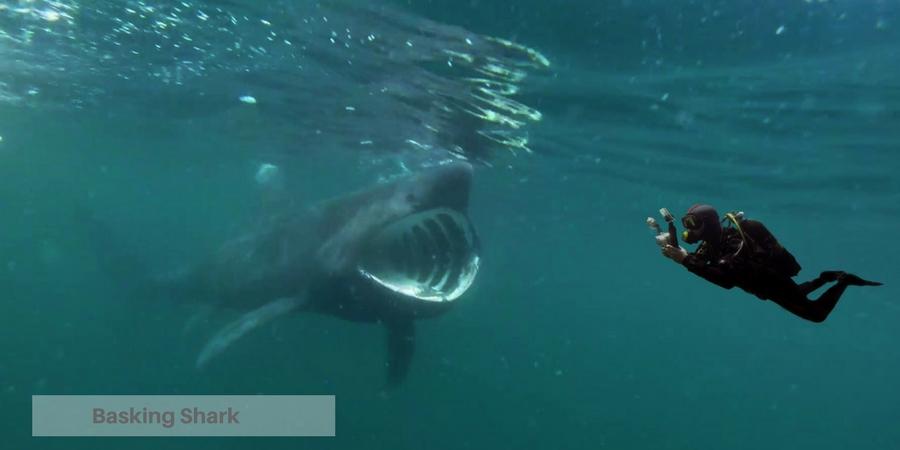
George Burgess, Director, Florida Program for Shark Research and Coordinator of Museum Operations, at the University of Florida, cautioned us to remember that TV show titles and preview teases are constructed to hook an audience. And they do. We fall for it, hook, line and sinker!
More so than we often recognize, the media can shape how we view science and the environment by subtly reinforcing messages over time. An old media cliché is “if it bleeds, it leads,” and that certainly seems to be the case for the news coverage of shark issues.
Scientists have long been critical of factual inaccuracy and fearmongering on Shark Week documentaries and although the producers of Shark Week promised to be more scientifically factual, Shark Week 2017 proves to be yet another letdown.
An example frequently highlighted by both news and infotainment media is the idea that sharks are a big threat to beachgoers. Very few people are attacked by a shark each year, but you wouldn’t know that if you had a media diet heavy on the Discovery Channel.
By showing sharks as a direct threat to human life, shows like Shark Week change the emotional context within which we will evaluate subsequent information about shark conservation. Most people don’t realize that less than 1% of attacks are fatal, while we kill millions of sharks every year.
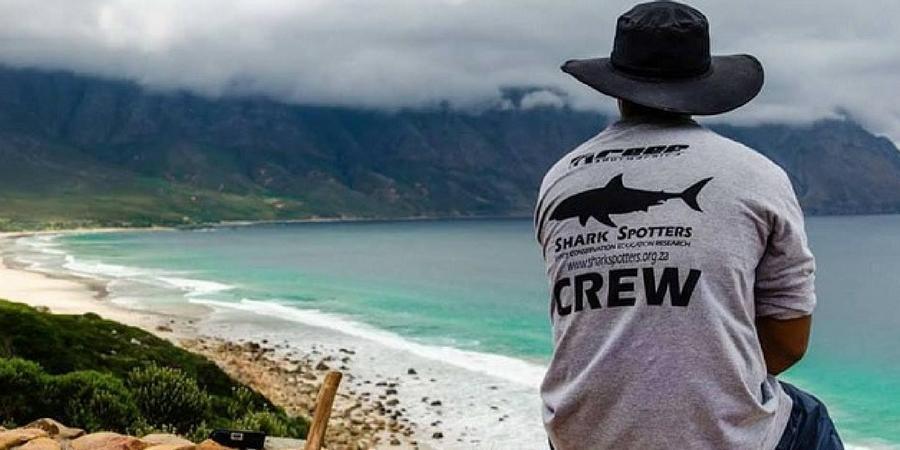
But if you want to know more than whether sharks can outswim Michael Phelps, there are ways to watch smartly.
Successful non-vegetarians
This year, there is a SEQUEL to “great white serial killer”… talk about inflammatory language! Here are some media hype characterizations of sharks that viewers are likely to hear:
A major consideration when reading about or listening to the tease for a show is whether or not the featured “marine biologist” or “shark expert” really is one.
A quick search on the internet should let you know if you’re watching a practising biologist or a shark groupie. You can then decide for yourself how seriously you should take what you are hearing.
If a “biological study” or “research” is legitimate, it should be asking a genuine scientific question by testing a well-considered hypothesis
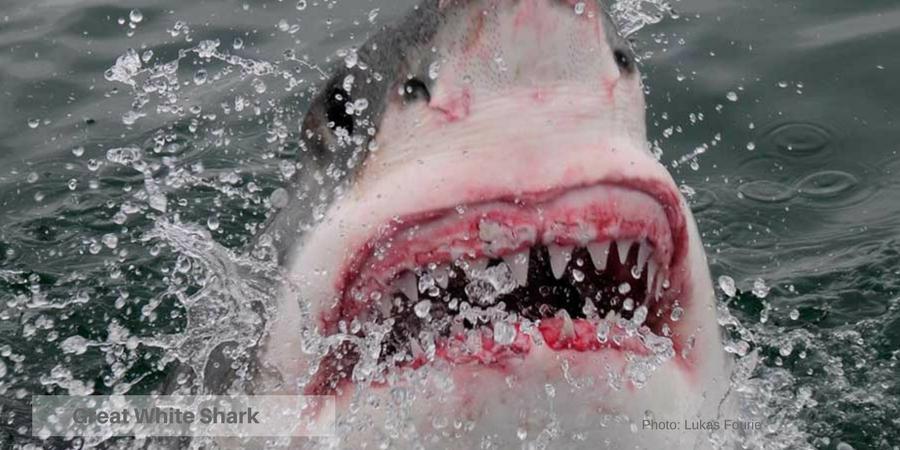
On the rebound
White sharks – scientists shy away from the word “great” – are always are prominently featured on these shows, and we can expect more of the traditional emphasis on the “terror” associated with this “savage, man-eating, deadly killing machine.” The real news is that white shark populations globally appear to be on the rise, and that’s good.
Albeit slow, this growth toward recovery comes primarily from governmental restrictions on killing white sharks and protection of their preferred food sources.
With these increases, there are more opportunities for sharks and marine mammals to interact with humans. Although conflicts are bound to happen, (and they do) we can logically predict that the trend is likely to lead to more bites in the future, because both parties’ populations are growing.

Being aware of this trend allows humans to figure out ways to stay safe as we compete with sharks for the same space. Of course, that aquatic environment belongs to sharks and seals, so we’re the species that will have to adapt.
The real killers
One topic that the shark shows are unlikely to cover is the relationship between killer whales, or orcas, and white sharks. Although shark biologists and media reporting often refer to sharks as apex predators, the real top of the food chain truthfully belongs to orcas.
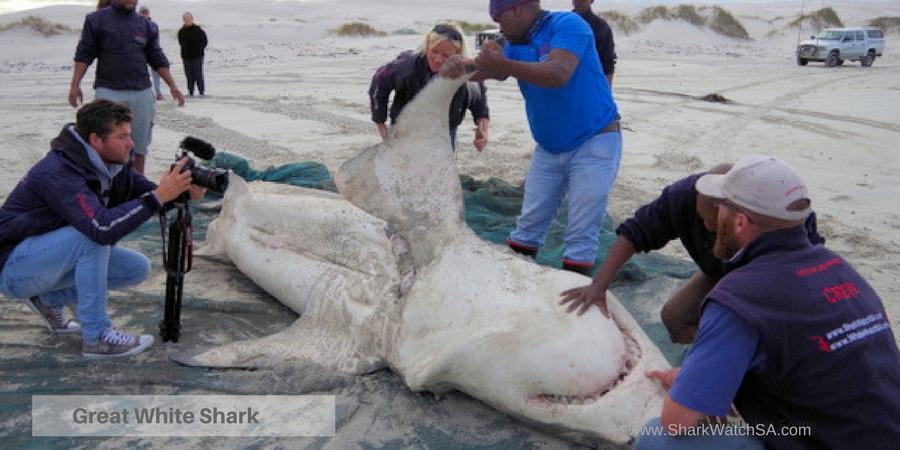
In the last several months we have seen dead adult white sharks wash ashore in South Africa. Scientific examination of the shark carcasses reveals they had died from orca attacks to their bellies, and that their oil-rich livers often were missing.
Meet the family
Watching this year’s “Sharkathon,” it’s easy to think that all sharks are apex predators, but that is far from the truth. Some sharks drop further down the food chain and occupy the middle of the pack as “mesopredators.” Plankton-eating specialists, such as whale, basking and megamouth sharks, who fall even lower.
Mantas, stingrays, skates and sawfishes, are close relatives of the sharks. They share a cartilaginous skeleton – that is, one with no bones, just cartilage – and gill slits. They have small teeth designed for crushing food. Their distinct pancaked shaped bodies look like cartoon characters that met a steamroller.
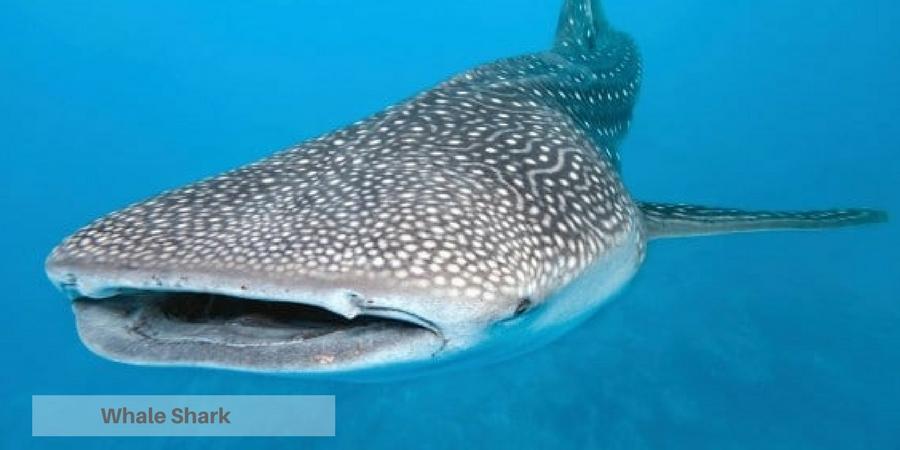
However, this is not the picture Discovery Channel wants its Shark Week viewers to see. They want them to see teeth- large, pointed teeth that are capable of shearing or impaling prey. And lots of it.
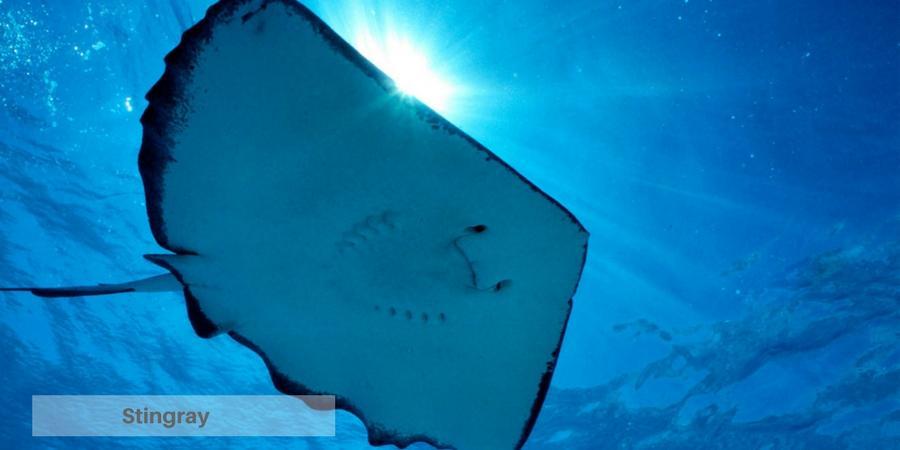
Don’t take the bait
The most important takeaway from “Sharkathon” television is to remember that these shows are primarily entertainment viewing. They often are far closer to reality TV than to traditional documentaries, and most episodes won’t pass as scientific documentaries. It is therefore important to take some of the content with a grain of (sea) salt until you can do a bit of post-view fact checking.
Enjoy them, but don’t fall for them hook, line and sinker.
Call us and schedule your listing today! Contact Us
in and around Hermanus
With countless Southern Right Whales gathering along the Whale coast every year to mate and to calve
One for the Bucket list
Experience the exceptional and come face to face with a great white shark! Gansbaai also known as Shark Alley…
4 x Wine Routes
Hermanus is surrounded by 4 Wine routes, the Hermanus - (Hemel-and-Aarde); Stanford -, Elim - and Botriver Wine Route
![]()
in the Cape whale Coast
Hermanus is a spectacular seaside town with winding cliff paths, sloping green mountains, and deep blue waters.
Copyright © 2025 Hermanus Online Magazine. Web Development by Jaydee media.